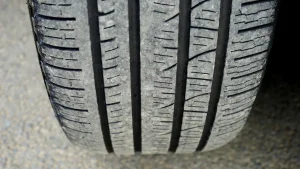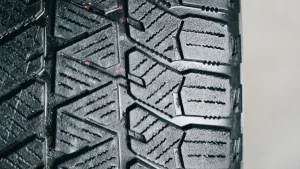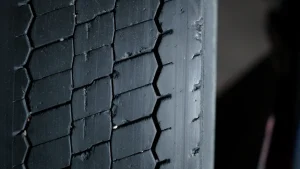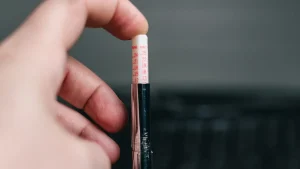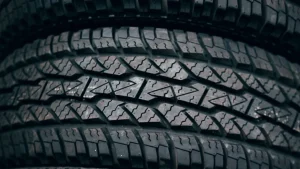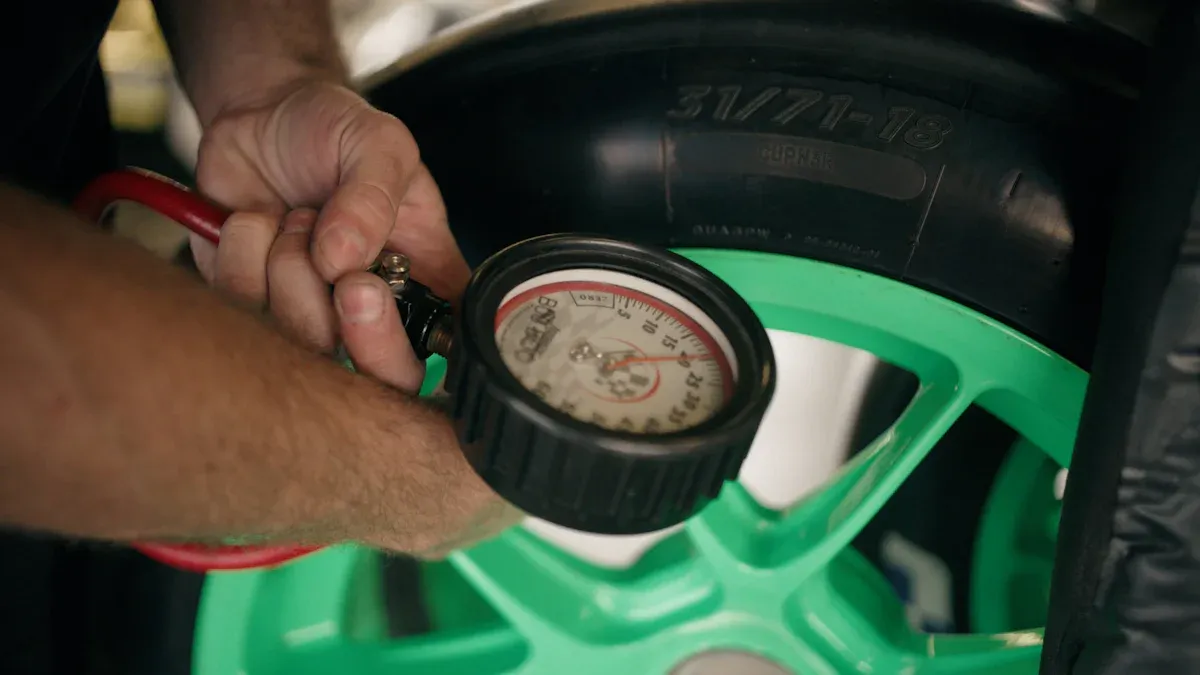
Your tire tread health is very important for your safety. Almost 43% of car crashes happen because of tire problems or bad care. Using a tire tread reader can help you monitor the condition of your tires effectively. Well-kept tires help stop accidents and make your car work better. Checking your tires often with a tire tread reader can help you stop faster. This makes driving safer and more fun.
Βασικά Συμπεράσματα
Check your tire pressure at least once a month. Proper pressure keeps your tires safe and helps save fuel.
Use a tire tread reader to measure tread depth. This tool helps you know when to replace your tires for better grip and safety.
Rotate your tires every 5,000 to 7,500 miles. Regular rotation helps them wear evenly and extends their lifespan.
Tire Pressure
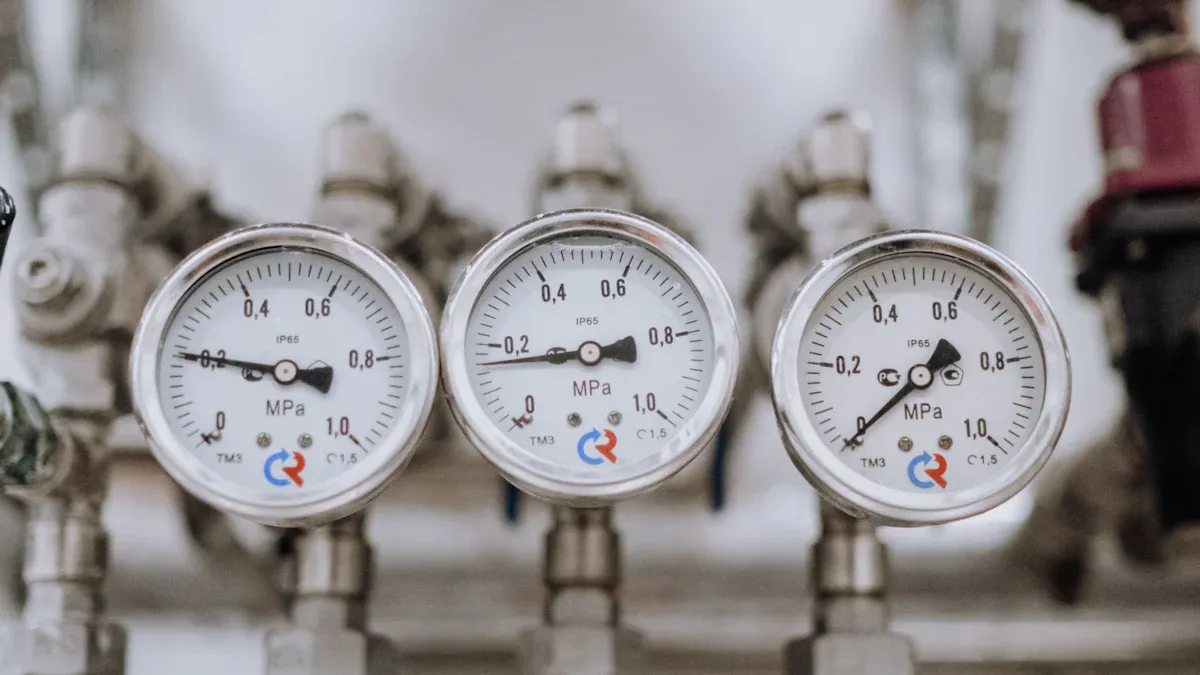
Keeping the right tire pressure is very important. It helps keep you safe and makes your car tires work well. You should check your tire pressure at least once a month. Do this before long trips too. This easy habit can help you avoid accidents and save fuel.
Checking When Cold
To get the best reading, check tire pressure when your tires are cold. This means checking them before you drive or at least three hours after driving. Here’s how to do it:
Find the valve stem on each tire.
Take off the valve cap.
Put your tire pressure gauge on the valve stem.
Look at the pressure shown on the gauge.
Change the tire pressure if needed.
Put the valve cap back on.
When picking a tire pressure gauge, choose one that is accurate and easy to use. A good gauge fits well in your hand and gives reliable readings.
Maintaining Proper Levels
Keeping your tires at the right pressure is very important. Tires that are too low can wear out quickly and handle poorly. Tires that are too high can also wear unevenly and affect your car’s balance, especially when turning fast.
Most cars have a recommended tire pressure range. You can usually find this on a sticker inside the driver’s door. Keeping the right tire pressure can help your tires last about 7,500 kilometers longer. So, remember to check your tire pressure often!
Tread Depth
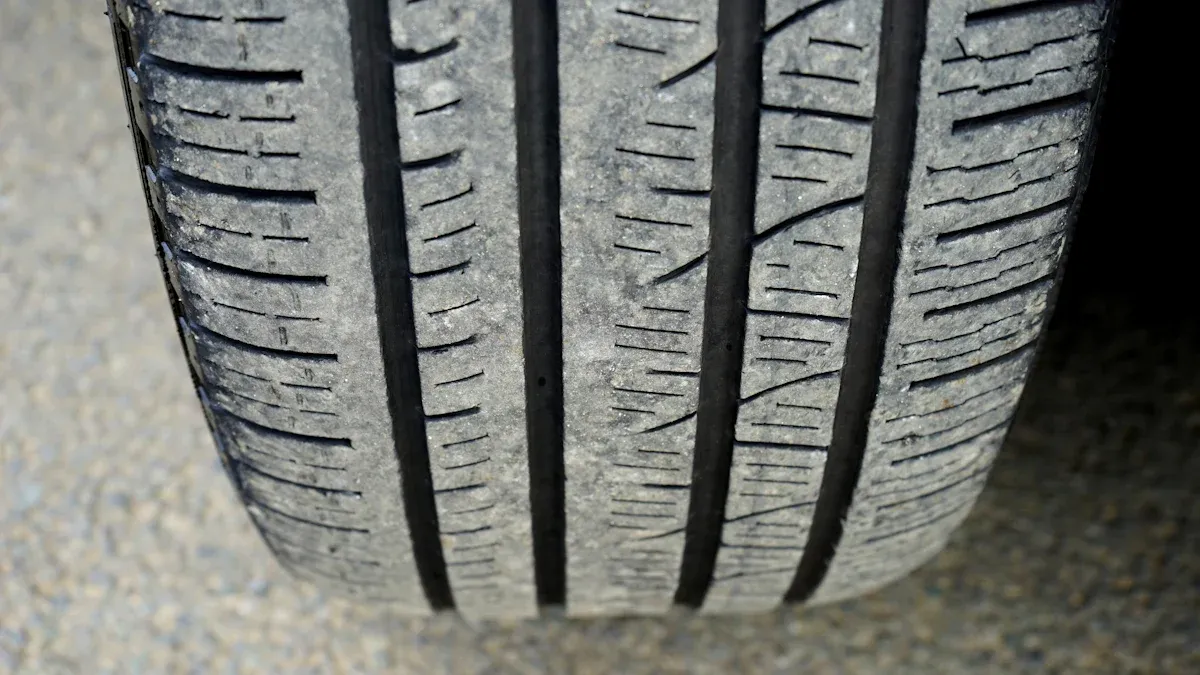
Tread depth is very important for your vehicle’s safety. It affects how well your tires grip the road, especially when it’s wet. When your tires have enough tread depth, they can push water away from the contact patch. This helps reduce the chance of hydroplaning. Worn tires can make you stop slower and lose control.
Using a Tire Tread Reader
To check tread depth correctly, you can use a tire tread reader. This tool is important for making sure your tires are safe. Here are some good ways to measure tread depth:
Tire Tread Depth Gauges: These come in digital or analog types. They give exact measurements and are easy to use.
Δοκιμή Penny: This method is not as exact. You can put a penny into the tread. If you see all of Lincoln’s head, it’s time to get new tires.
Using a tire tread reader helps you understand your tire’s condition. Checking regularly can help you avoid dangerous situations while driving.
Replacement Guidelines
Knowing when to change your tires is key for your safety. Here are some rules to follow:
Minimum Legal Tread Depth: In many places, the minimum legal tread depth is 2/32 inch (1.6 mm). Here’s a quick look at the minimum rules in major countries:
Country | Ελάχιστο Βάθος Πέλματος |
|---|---|
Ελλάδα | 2/32 inch (1.6 mm) |
United Kingdom | 1,6 mm |
Καναδάς | N/A |
Recommended Replacement Depth: Tire makers say to replace tires when tread depth gets to 4/32 inch. At this point, your tires may not work well in wet conditions, which can make stopping harder.
Frequency of Checks: You should check your tire tread depth at every vehicle service. Regular checks are important for safety and help you see tire wear over time.
Signs of Uneven Wear: If you see uneven tread wear, it might mean problems like wrong inflation or misalignment. Fixing these issues early can help your tires last longer.
By watching your tire tread depth, you can have a safer driving experience. Remember, keeping proper tread depth is not just about rules; it’s about your safety on the road.
Tire Maintenance
Taking care of your tires is very important. It keeps them in great shape. This helps your car work better and keeps you safe while driving. Two main things to do for tire care are tire rotation and wheel alignment. Let’s look at each one.
Rotating Tires
Tire rotation is an easy way to make your tires last longer. By moving your tires around, you help them wear evenly. This stops them from wearing out too soon and keeps your car running well.
Here are some key points about tire rotation:
Συχνότητα: Most car makers say to rotate your tires every 5,000 to 7,500 miles. This can change based on your car and how you drive.
Benefits: Regular tire rotation helps save gas and makes your car perform better. It also lets mechanics check your tires for damage and air pressure when they rotate them.
Consequences of Neglect: If you don’t rotate your tires, they might wear unevenly. This can hurt performance and mean you need new tires sooner.
Key Point | Περιγραφή |
|---|---|
Tire Rotation Frequency | Every 5,000 – 7,000 miles |
Purpose | Ensures even tread wear and extends tire lifespan |
Impact of Uneven Wear | Causes increased stress on front tires due to steering, leading to faster wear |
Benefits | Enhances tire longevity, improves vehicle performance and safety |
By rotating your tires regularly, you can have a smoother ride and save money later.
Balancing and Alignment
Keeping your wheels aligned and balanced is very important for how your car handles and for tire health. When your wheels are aligned right, they touch the road evenly. This helps stop ανώμαλη φθορά των ελαστικών and makes your car more stable.
Here are some signs that show you might need alignment or balancing:
Your car pulls to one side when you drive.
You see uneven wear on your tires.
Your steering wheel is not straight when driving.
You feel shaking in the steering wheel or seats.
Sign of Issue | Implication |
|---|---|
Vibrations in steering wheel or seats | Indicates a need for tire balancing |
Ακανόνιστη φθορά ελαστικών | Suggests a possible alignment issue |
Vehicle pulling to one side | Indicates a need for alignment services |
Steering wheel off-center | Suggests misalignment |
Tires squealing | May indicate alignment problems |
If your wheels are not aligned right, it can cause uneven tire wear and use more gas. This can hurt how your car performs and your safety. If you see any of these signs, it’s best to talk to a professional for a full check-up.
Recognizing Tire Damage
When you drive, it’s very important to watch your tires. Spotting tire damage early can help you avoid accidents and expensive repairs. Here are some signs to check for.
Inspecting for Punctures
First, look at your tires for punctures. Check for any visible damage, like:
Punctures or cuts in the tread.
Foreign objects stuck in the tire.
Cracks or bulges on the sidewalls.
If you find a puncture, think about its size and where it is. Punctures on the tread that are smaller than ¼ inch can usually be fixed. But if the damage is on the sidewall or bigger than ¼ inch, you need to replace the tire.
Sidewall Issues
The sidewalls of your tires are very important too. Check them often for:
Cracking or cuts that could cause blowouts.
Bulges or blisters showing internal damage.
Uneven wear patterns that might mean alignment or suspension problems.
If you notice any of these signs, it’s time to talk to a tire service expert. They can help you decide if your tires need to be replaced. Remember, tires should usually be replaced after five years, no matter how they look. Keeping your tires in good condition is key for your safety on the road.
By being careful and checking for these signs, you can make sure your car tires stay safe and dependable.
Seasonal Tires
Picking the right tires for your car is very important. It can change how well your car works in different weather. Seasonal tires, like winter and summer tires, are made for specific conditions.
Winter vs. Summer Tires
Winter tires are made for cold, snowy, and icy weather. They have deeper treads and softer rubber. This helps them grip the road better when it’s below 45°F (7°C). Summer tires work best in warm weather. They have a smooth tread design that helps them stick to dry roads.
Here’s a quick look at their features:
Χαρακτηριστικό | Winter Tires | Summer Tires |
|---|---|---|
Rubber Compound | Has more natural rubber, stays flexible below 45°F (7°C) | Special compound hardens below 45°F (7°C) |
Tread Design | Deeper blocks for grip in snow and ice, many sipes for water clearance | Smooth pattern with fewer grooves, maximizing contact with the road |
Performance | Better stopping distance in cold weather | Great traction and braking in dry and wet conditions during summer |
Performance Considerations
Using the right seasonal tires can really change how your car performs. For example, summer tires grip dry roads well but wear out fast in cold weather. Winter tires are made for snowy places, with deeper treads and softer rubber for better grip on ice.
When choosing tires, think about these things:
Climate: Consider the weather you usually face, like snow or rain.
Performance Needs: Decide if you want better handling, fuel savings, or a quieter ride.
Types of Tires: Know the differences between all-season, performance, winter, and touring tires.
Vehicle Requirements: Check your car’s tire recommendations for size and load.
Budget: Balance cost with quality; good tires can improve safety and performance.
By picking the right seasonal tires, you can make your car handle better and be safer, making every drive more fun.
In conclusion, taking care of your tires is very important for safe driving. Checking your tires often, like looking at pressure, tread depth, and alignment, can help stop accidents and save you money later. Remember, doing a little maintenance helps keep you safe on the road. So, make checking your tires a regular habit!
Συχνές ερωτήσεις
How often should I check my tire pressure?
You should check your tire pressure at least once a month and before long trips.
When should I replace my tires?
Replace your tires when the βάθος πέλματος reaches 4/32 inch or if you notice visible damage.
What are the signs of uneven tire wear?
Look for uneven tread patterns, vibrations, or if your car pulls to one side while driving.
Δείτε επίσης
Η σημασία της παρακολούθησης του βάθους πέλματος ελαστικών για την ασφάλεια
Χρησιμοποιώντας μετρητή βάθους πέλματος ελαστικών για ακριβείς μετρήσεις
Κατανόηση των έξυπνων ανιχνευτών βάθους πέλματος ελαστικών και η λειτουργία τους

